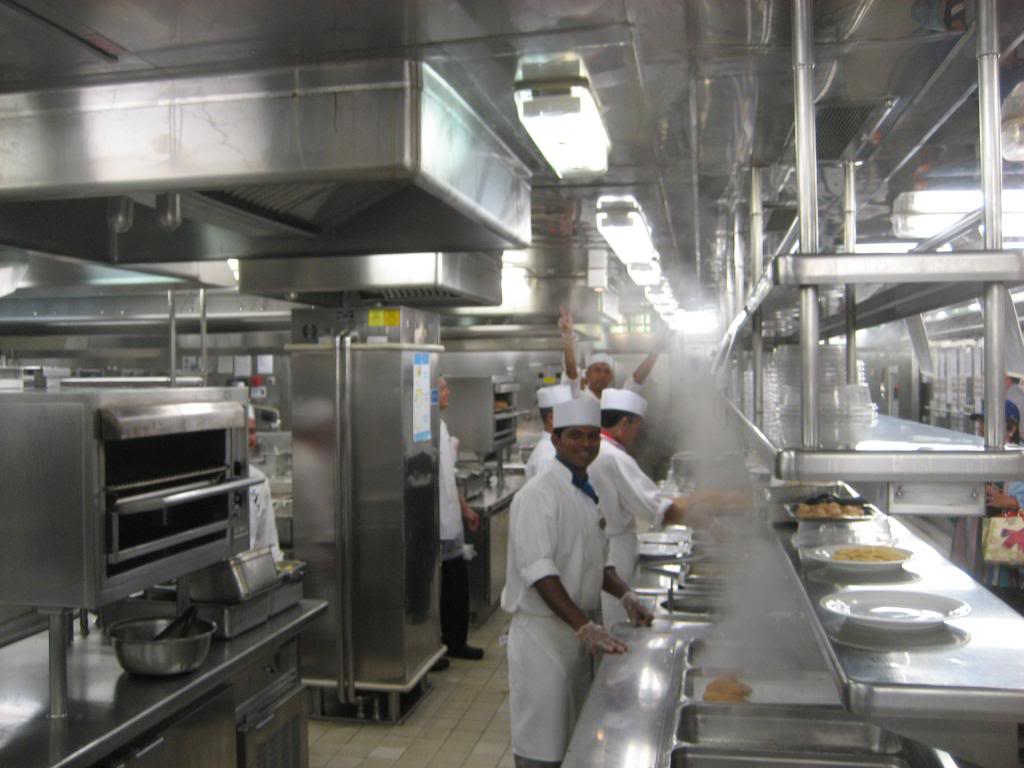Isnt that the same thing you said?
No.
A diesel engine only injects the amount of fuel required to produce the power it is tasked to deliver.
At idle or low power there is very little fuel injected and the huge majority of the cylinder volume never sees fuel at all. Diesel engines do not have a homogenous mixture or burn like a spark ignition (SI) engine.
The plume of injected fuel begins to burn at the points where the fuel droplets are small enough to heat the quickest and have enough oxygen available ... that condition described the outer edges of the plume. The center is almost free of oxygen and is relatively cold. The volume outside the plume has no fuel so there is nothing to burn.
With regard to smoke at high loads, it results from an excess of fuel for the amount of oxygen available to burn it. Semantically, you could say it is an over-rich mixture but since there is not a homogenous mixture of fuel and air across which a flame front moves but is relatively narrow plume of fuel with distinct areas of combustion surrounding or surrounded by areas where the fuel is "baked" into little bits of carbon called soot, it does not smoke from a "rich mixture." That is an unfortunate bit of shorthand for a very complex set of combustion chamber conditions.
Since every kid grew up knowing everything about gasoline engines, when they grew up and bought a diesel they try to explain or understand diesels from the same point of view and it doesn't work that way.
Getting back to your comments about diesel fuel being a cylinder lubricant, if the injector plume ever reaches the piston or cylinder wall it is a major problem. It should never ever happen. If unburned fuel remains to coat the cylinder wall or piston crown it is a major problem. All the fuel should be burned without contact with the cylinder walls or piston.
You guys need to just forget this "mixture" thing when you are talking about diesels. It just confuses things for the members who are contributing more myth and nonsense to the thread.
I don't want to come across like Marin in the Boeing ignorance posts but I am beginning to understand why he wrote what he did.

 oh gee golly, My error, huge is not appropiate. I should have stated twice as much as a single. What comes to mind are repairs like oil coolers heat exchangers exhaust manafolds etc but the fact of the matter is that modern marine engines are pretty darn forgiving and can really take a beating before repairs are needed. We know this must be fact because teins are very popular and we have already established they are less likely to be fully maintained than single engine boats.......
oh gee golly, My error, huge is not appropiate. I should have stated twice as much as a single. What comes to mind are repairs like oil coolers heat exchangers exhaust manafolds etc but the fact of the matter is that modern marine engines are pretty darn forgiving and can really take a beating before repairs are needed. We know this must be fact because teins are very popular and we have already established they are less likely to be fully maintained than single engine boats....... .......
.......


 [/FONT][/COLOR]
[/FONT][/COLOR]